Agustin Hernandez
Forging a Latin American Architectural Identity
Architecture is a language that transcends borders, and in the case of Agustin Hernandez, this language has become deeply rooted in the rich cultural soil of Latin America. Born in 1924 in Mexico, Hernandez stands as one of the region’s most prominent architects, sharing fundamental similarities with another Latin American architectural icon, Oscar Niemeyer. His distinctive approach to modern architecture goes beyond European traditions, seeking to establish a forceful and unique language that reflects the cultural and historical idiosyncrasies of his homeland.
Foundations of an Architectural Identity
To fully understand the work of Agustin Hernandez, it is essential to immerse oneself in the cultural and historical context that has influenced his architectural approach. The European tradition, omnipresent in modern architecture, fades as Hernandez boldly embraces elements unique to Latin America’s rich history and cultural diversity. The connection between his personal life and his work is revealed in his ties to figures such as Diego Rivera, whose friendship not only marked his career, but also challenged the dogmatic conventions of orthodox modern architecture.
Sculpture, Futurism and Technology
Hernandez, throughout his career, has been labeled by some as a formalist architect. However, upon analyzing his masterpieces, it becomes evident that this label does not fully capture the richness of his contribution. Hernandez’s architecture is a showcase of forceful personality, futuristic expression, and advanced technological flaunting. His works transcend the merely functional; they are artistic statements that combine sculpture with an almost ethereal sense of freedom in the volumes, all while remaining subject to careful geometric patterning.
The Cuernavaca Meditation Center serves as a paradigmatic example of this fusion of elements. Its composition, worked with circles and squares, evokes references to Hindu architecture, although some observers may find similarities to the Jantar Mantar of Mughal architecture. Beatriz de la Fuente, a scholar of Hernandez’s work, interprets the structure as “a serpent’s head with its jaws open.” Such interpretations reveal the depth and polysemy inherent in his architecture.
Own Structural Identity
Hernandez’s relationship with Diego Rivera marks a significant milestone in his career. By teaching his thesis to Rivera, Hernandez not only challenged the prohibition of historical references in modern architecture, but also made it clear that his intention was not simply to compose a neo-historical faux pas nor a postmodern collage. Rather, he sought a conceptual fusion with a structural identity of its own. This approach, often questioned by critics such as Krieger and De la Fuente, reveals a direct connection to Mesoamerican architecture, not through academic studies, but through direct exploration of archaeological sites.
Krieger and De la Fuente’s critique highlights the self-interested and open-ended nature of Hernandez’s exploration, later transformed into countless series of drawings. This unconventional method of acquiring architectural knowledge lends his work a unique authenticity, removing it from the constraints of academia and immersing it in the richness of direct experience.
Beyond the Form
Examining some of Agustin Hernandez’s most representative works reveals the diversity and depth of his contribution to the architectural world. The Escuela de Ballet Folklorico de Mexico (1965), the architect’s own Workshop (1972), the Heroico Colegio Militar (1974), the Mexican pavilion at the 1970 Osaka Expo, Casa en el aire (Bosque de las Lomas, 1991), and the Calakmul Corporate Center (1994) are notable examples of his ability to fuse form and function with cultural and historical elements.
- The Escuela de Ballet Folklorico de Mexico, A Dialogue between Movement and Structure:
The Escuela de Ballet Folklorico de Mexico is a testament to Hernandez’s ability to fuse artistic movement with structural solidity. His carefully crafted design provides an architectural setting that not only serves as a functional space for teaching ballet folklórico, but also becomes a work of art in its own right. The volumes and lines of the structure intertwine harmoniously, reflecting the grace and fluidity of ballet.
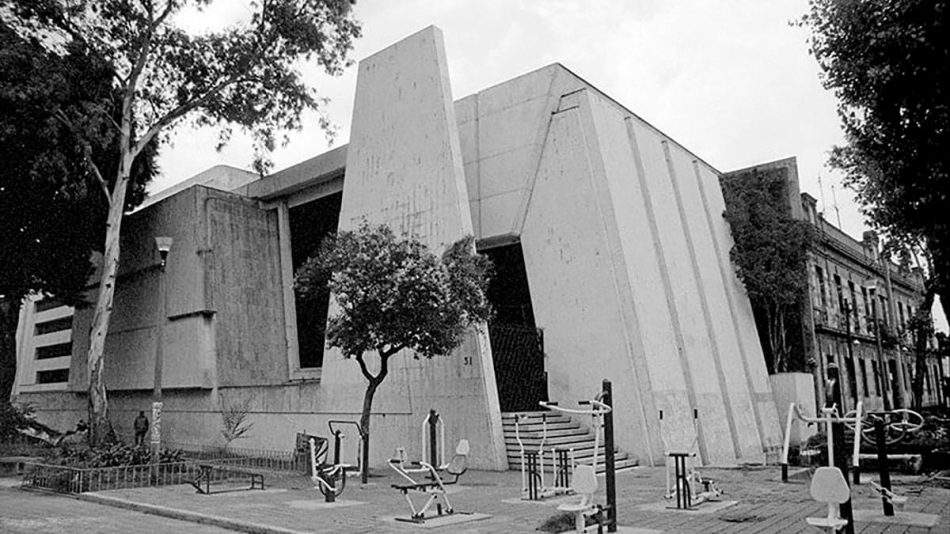
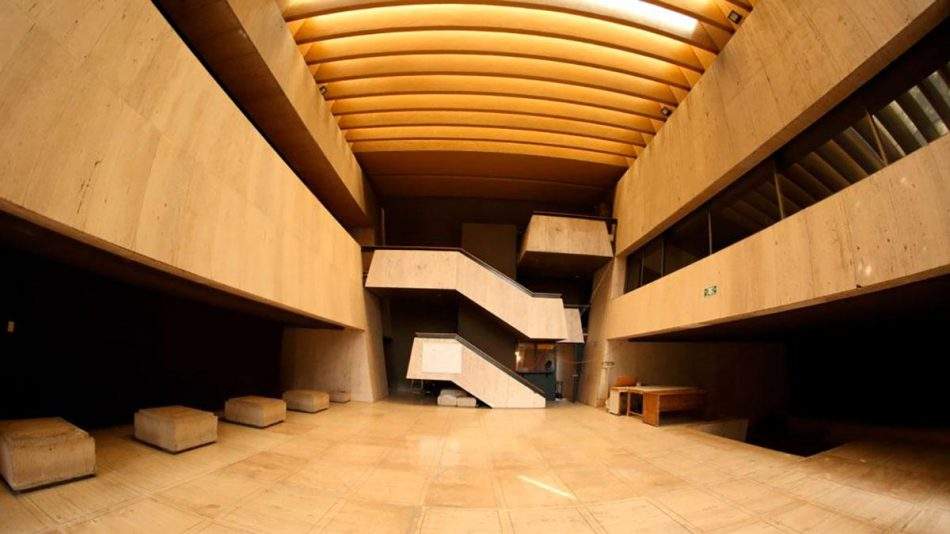
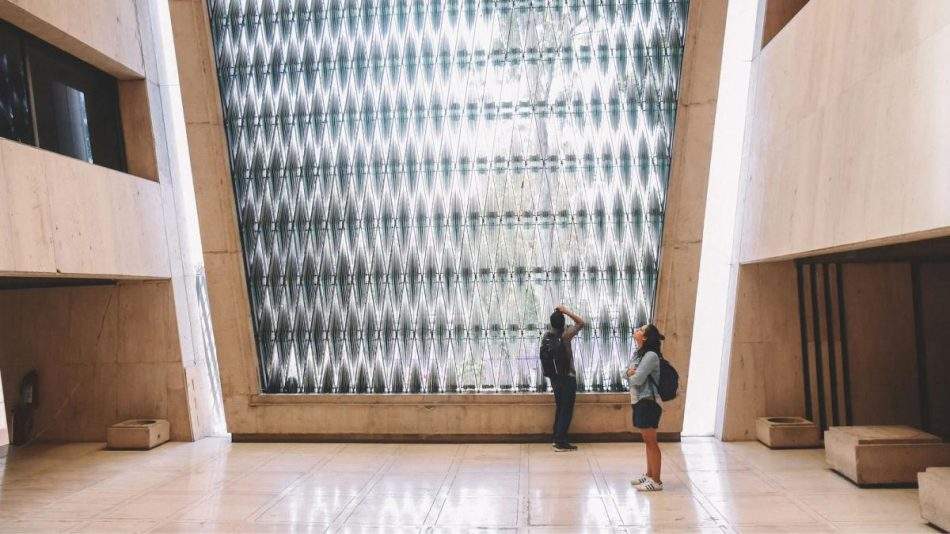
- The Heroic Military College, Form and Function in Balance:
The Heroico Colegio Militar, erected in 1974, encapsulates Hernandez’s ability to balance form and function. The solidity of the structure reflects military discipline, but does so with an elegance and originality that transcends convention. The geometric lines, the distribution of space, and the integration of pre-Hispanic symbolic elements give life to a building that goes beyond its utilitarian purpose.
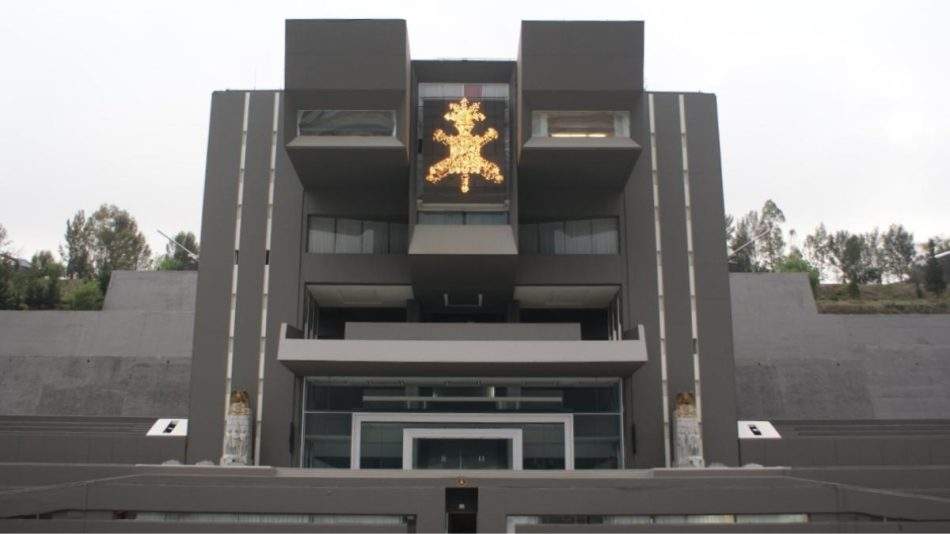
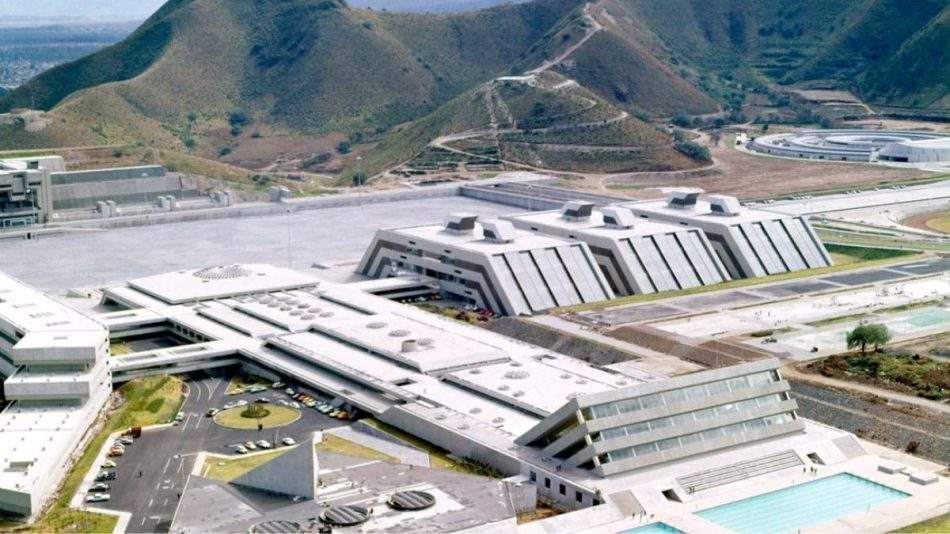
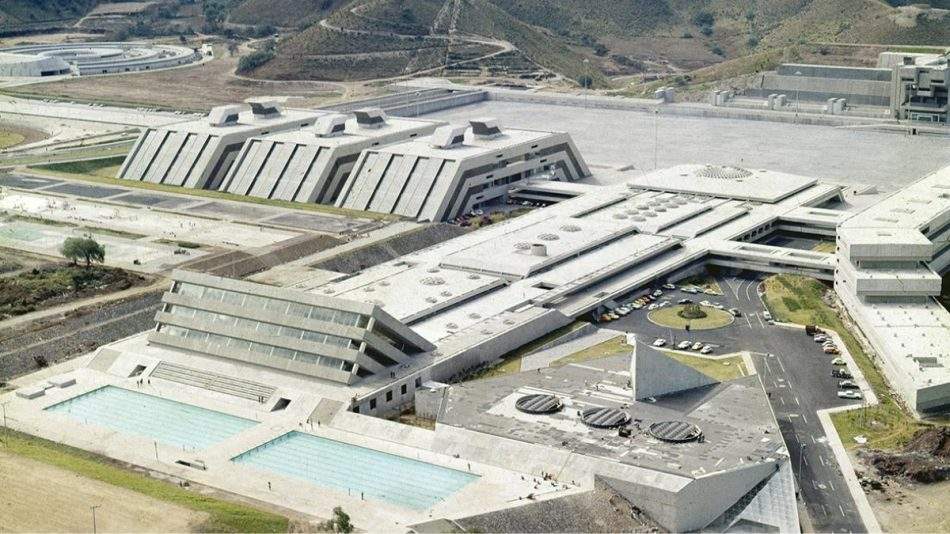
- Calakmul Corporate Building, An Architectural Oasis in the Corporate World:
At the Calakmul Corporate Building, built in 1994, Hernandez brings his distinctive approach to the corporate world. The fusion of modern architecture with cultural and symbolic elements creates a space that goes beyond the conventional expectations of an office building. The interplay between form, light and function demonstrates the versatility and breadth of Hernandez’s approach.
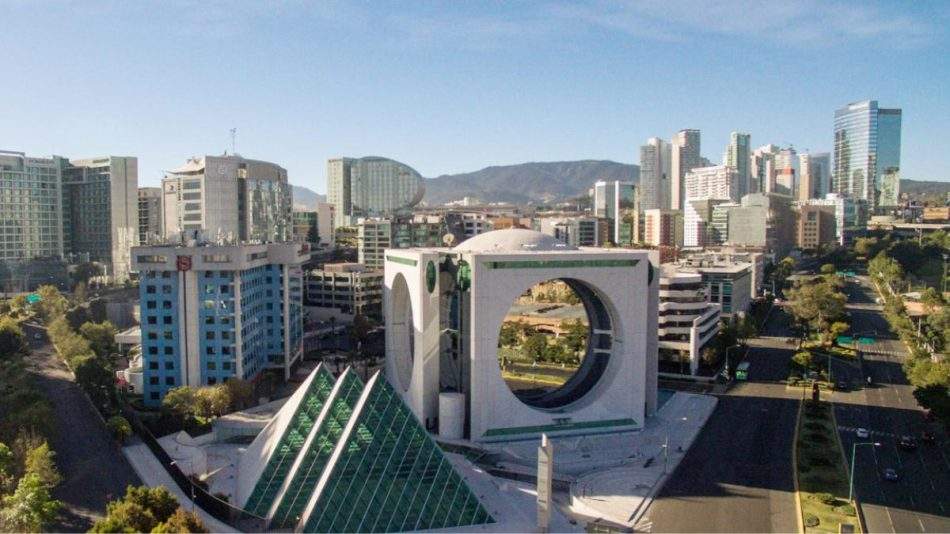
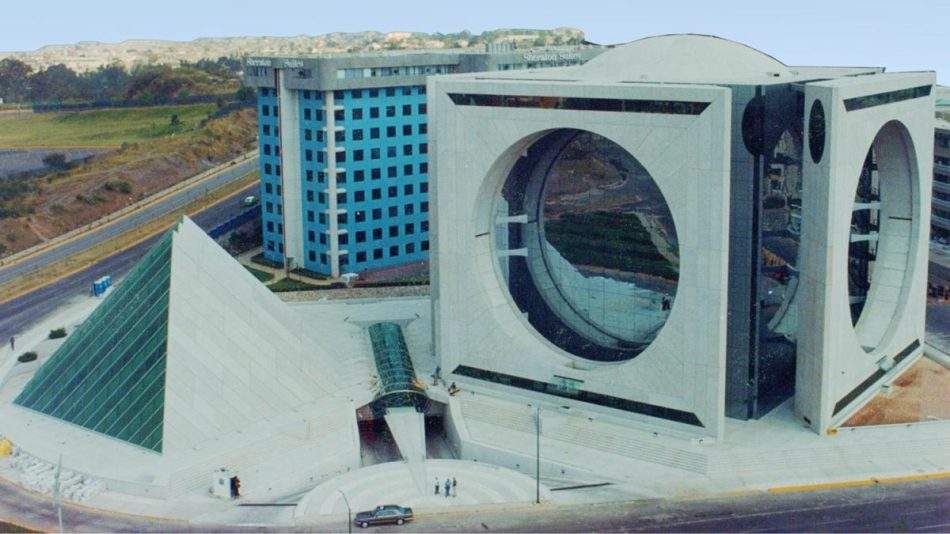
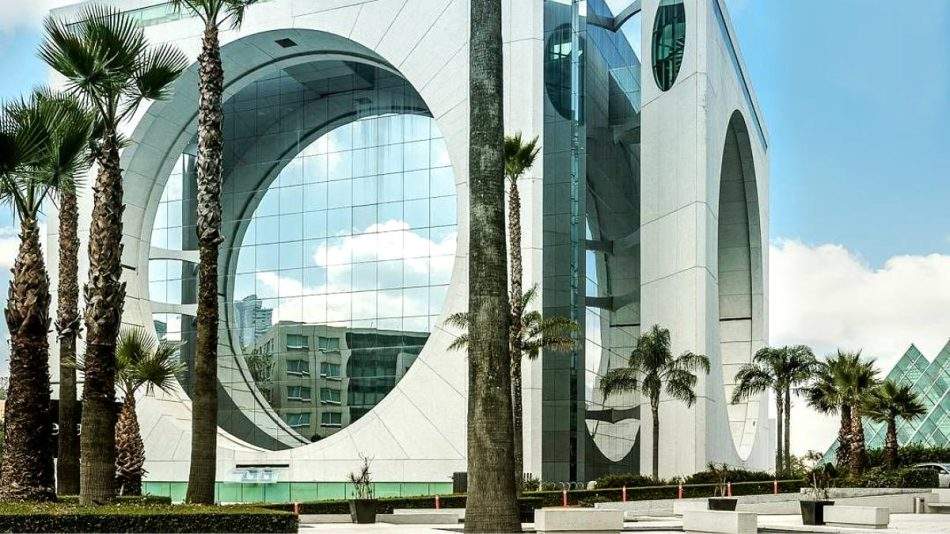
Comparisons and Contrasts: A Dialogue with Contemporaries
The work of Agustin Hernandez cannot be understood in a vacuum. It is essential to situate his contribution in a constant dialogue with other contemporary architects who have challenged established norms. Comparing his approach with that of figures such as Oscar Niemeyer, Le Corbusier or Frank Lloyd Wright can shed light on the similarities and differences that define his uniqueness.
The Legacy of Agustin Hernandez: Beyond Physical Structures
As we explore Agustin Hernandez’s lasting impact on architecture, it is crucial to consider his legacy in terms of architectural style, philosophy, and education. How has he influenced future generations of architects? What is his role in the evolution of Latin American architecture? His work transcends physical structures, leaving an indelible mark on the way we conceive and create spaces.
In conclusion, Agustin Hernandez emerges as a pioneer in Latin American architecture, challenging established norms and forging a unique architectural identity. His ability to fuse history, culture and technology into a bold and distinctive architectural expression places him in the pantheon of the great architects of the 20th century. As his legacy endures, his work continues to inspire generations to come to explore the boundaries of architectural creativity and to seek a structural identity of their own in an ever-evolving world.
Comments
We are interested in your opinion, please leave us a comment